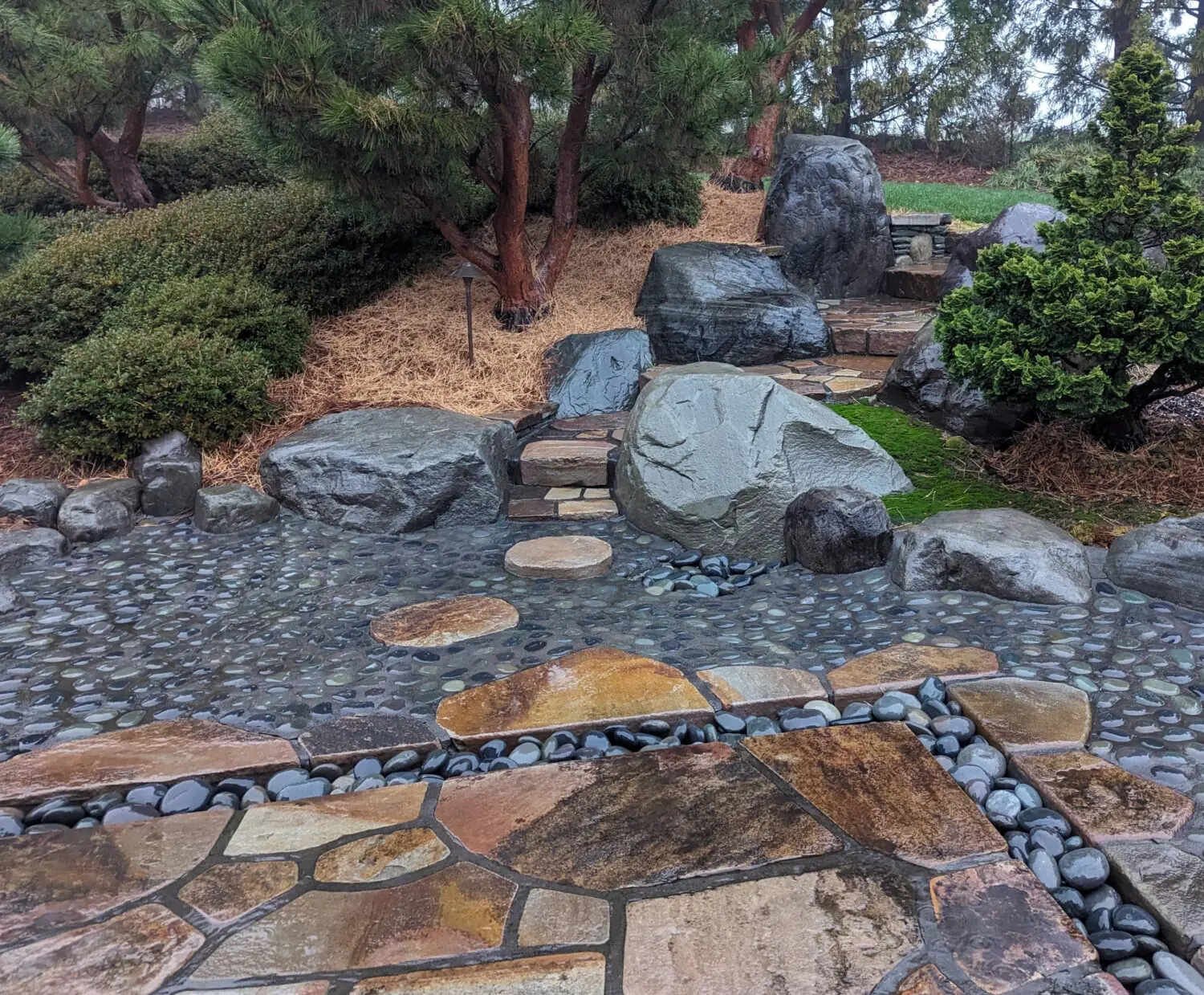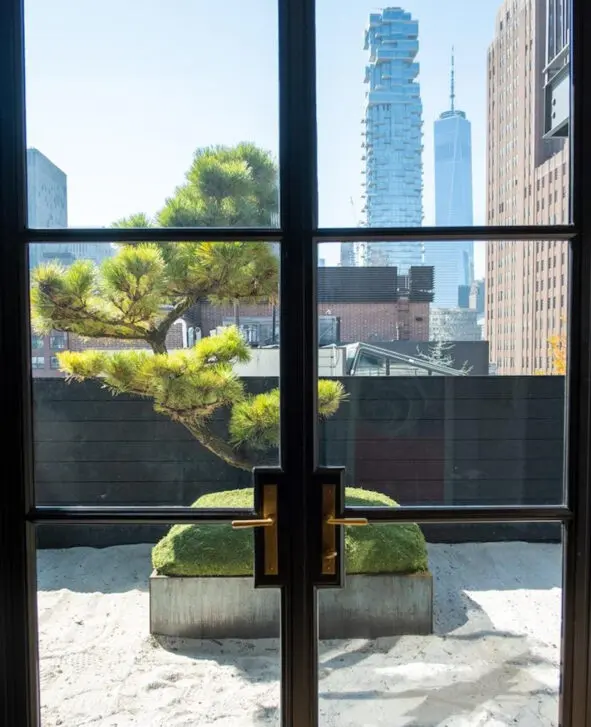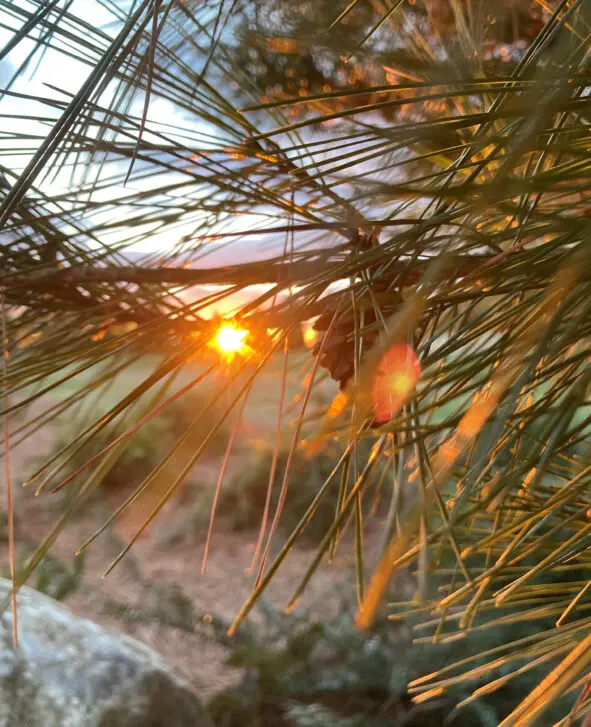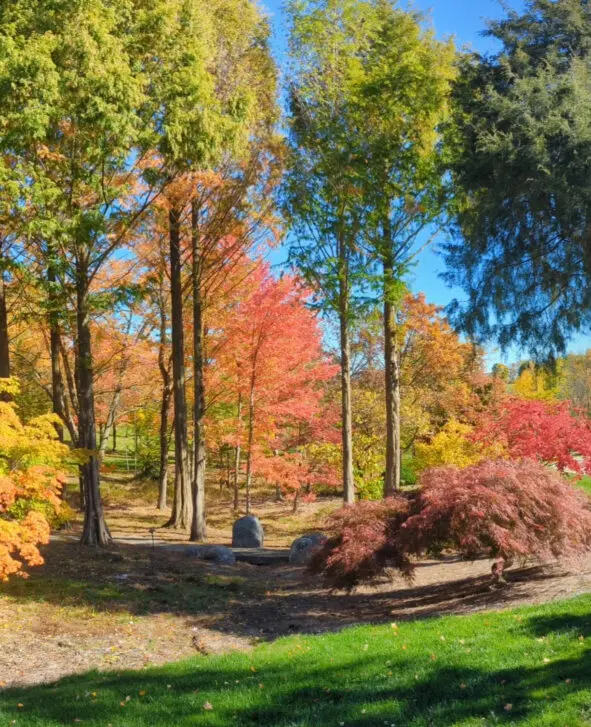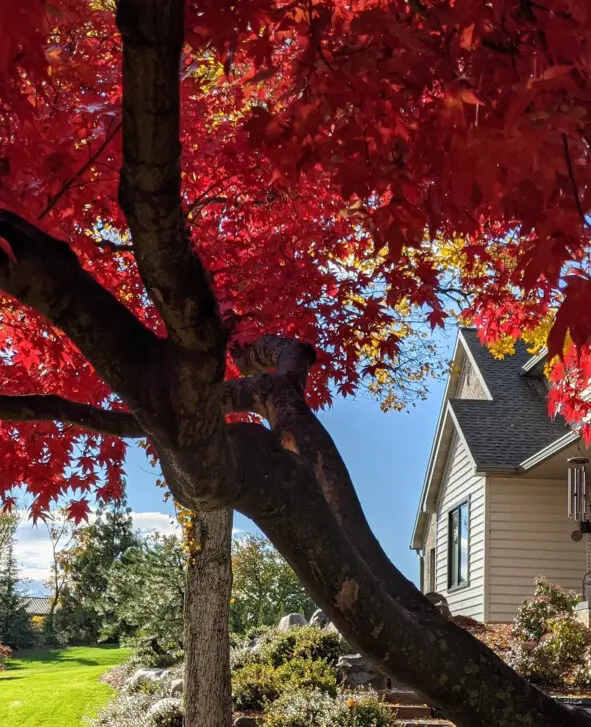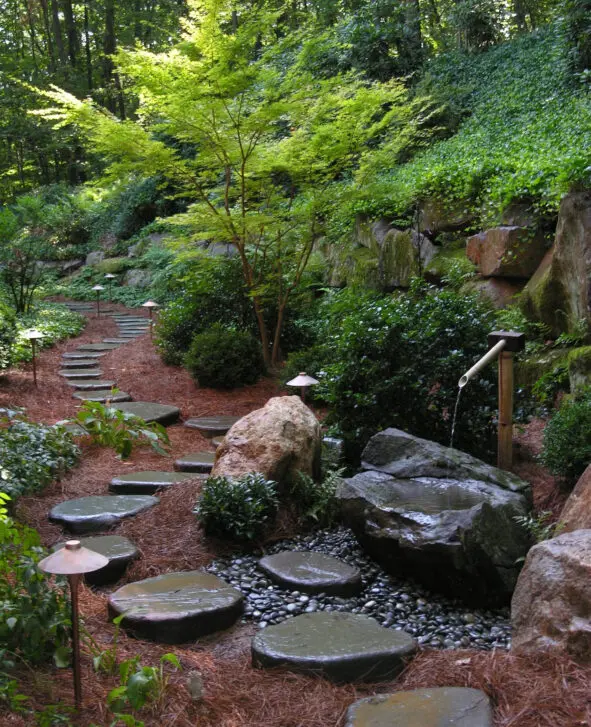
TIMELESS BEAUTY, INSPIRED BY NATURE
At Hanselman Landscape, boulders and natural stone are frequently used in the gardens we create because of their wonderful qualities. Boulders and stones are prominent in some of the most beautiful naturally occurring landscapes on the planet. Using these sources of inspiration, our team members have studied how to set boulders with a sense of permanence, stability, and quietness, making them appear as if they had always been there.
Contact us if you would like to incorporate the permanence, texture, and beauty of natural stone in your garden.
PROMINENT NATURAL BOULDERS
Because of their size and weight, large boulders require special planning and skill to place in a garden but lend a desirable sense of endurance and stability that can’t be replicated by man-made products. Even smaller stones, such as those used in walls and stepping stone paths, last much longer and have a more pleasing appearance and texture than their man-made counterparts.
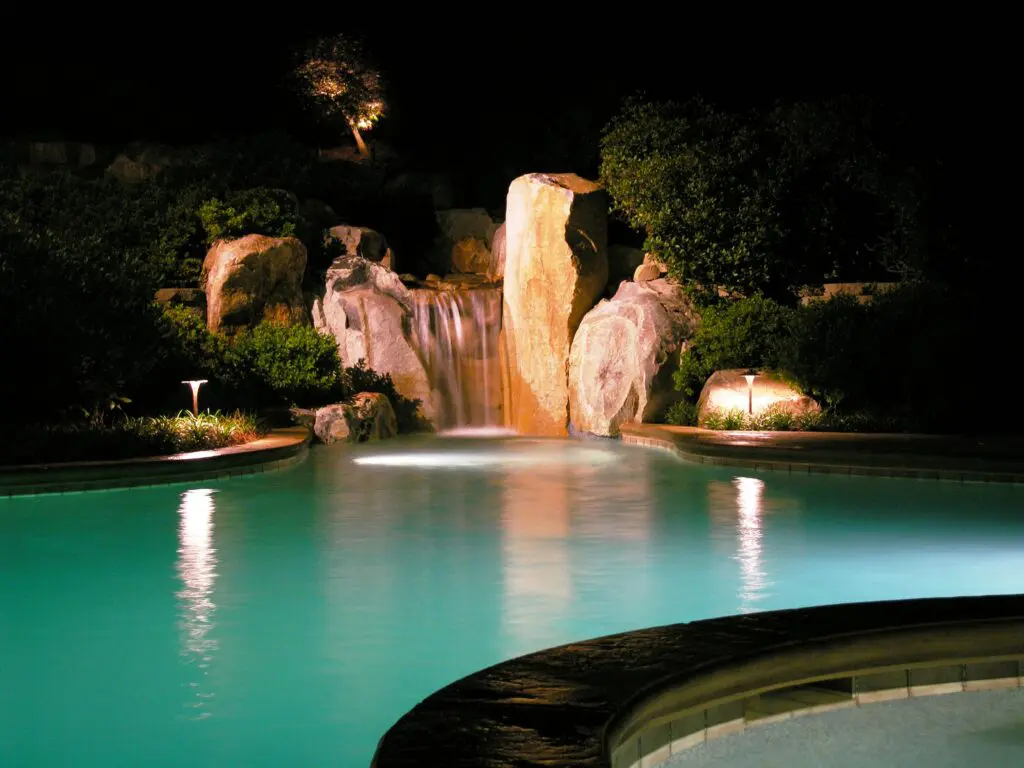
NATURE INSPIRED DESIGN
Because we desire to take our cues from the best garden designs available, we find inspiration in nature and from nature-inspired, human-scaled Japanese gardens.
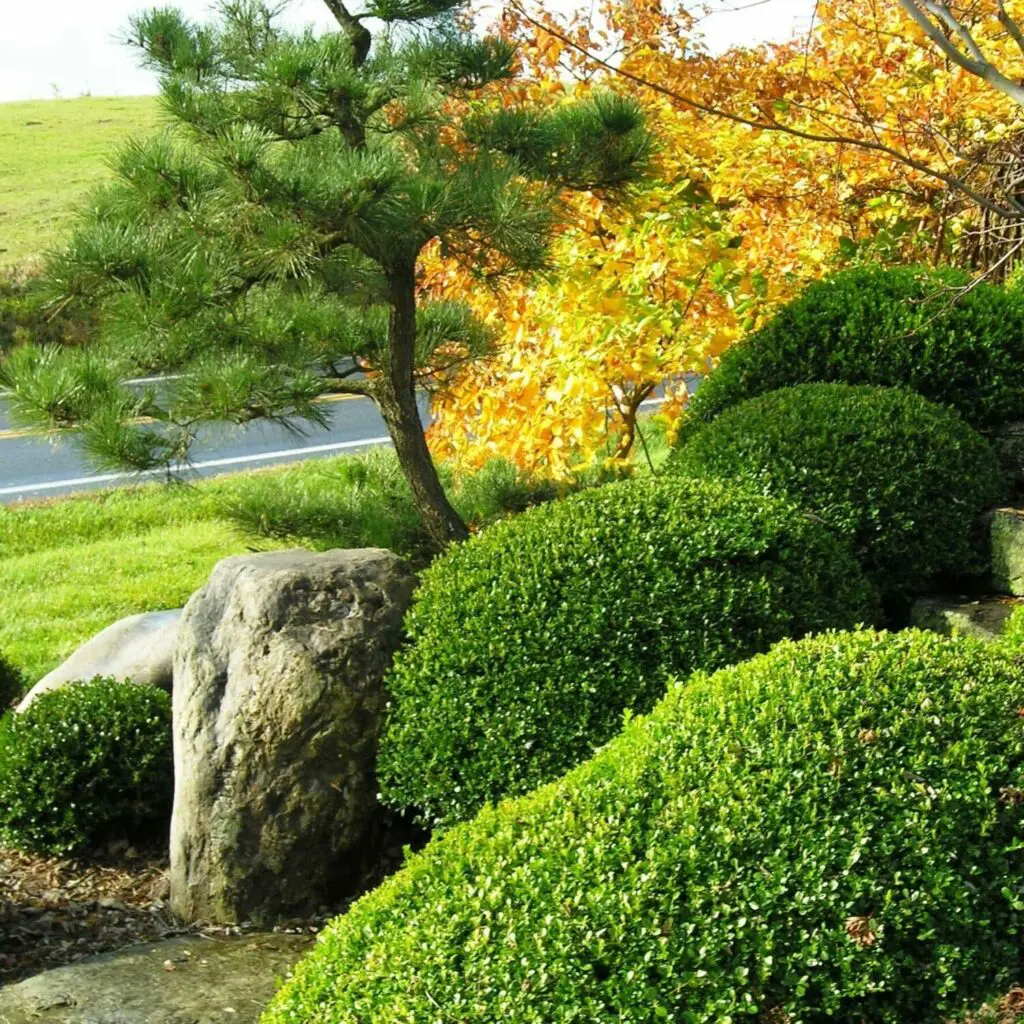
CONTRASTING QUALITIES
Natural stone is a perfect foil to highlight the differences in texture of various softer elements in a garden. Boulders and stone walls provide qualities of strength and endurance against which a garden designer can juxtapose the more ephemeral qualities of delicate leaves from Japanese Maples, Dogwoods, and ferns, for example.
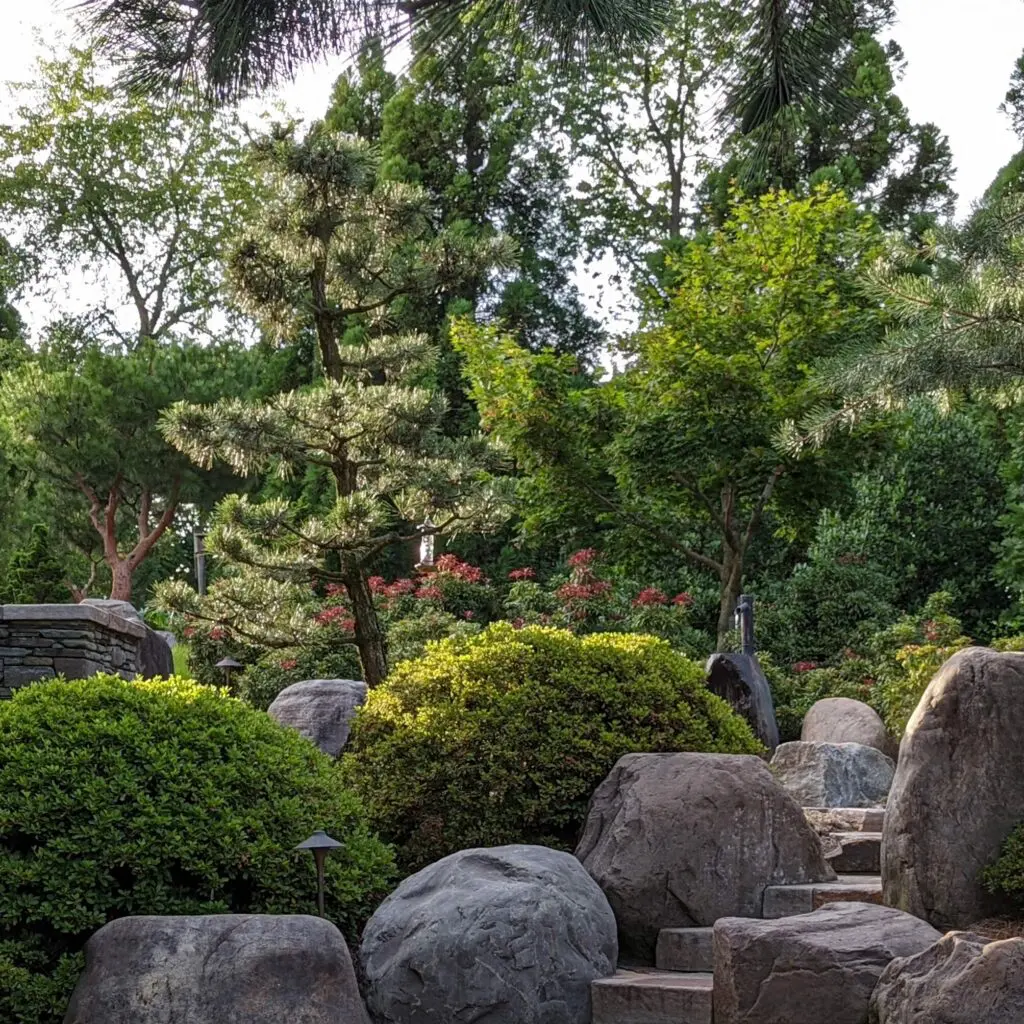
BOULDER & NATURAL STONE: GALLERY

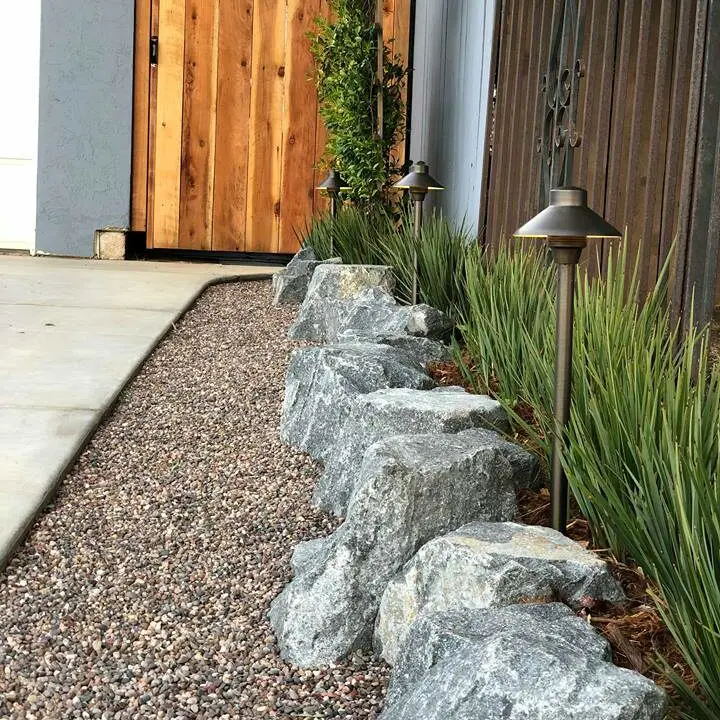
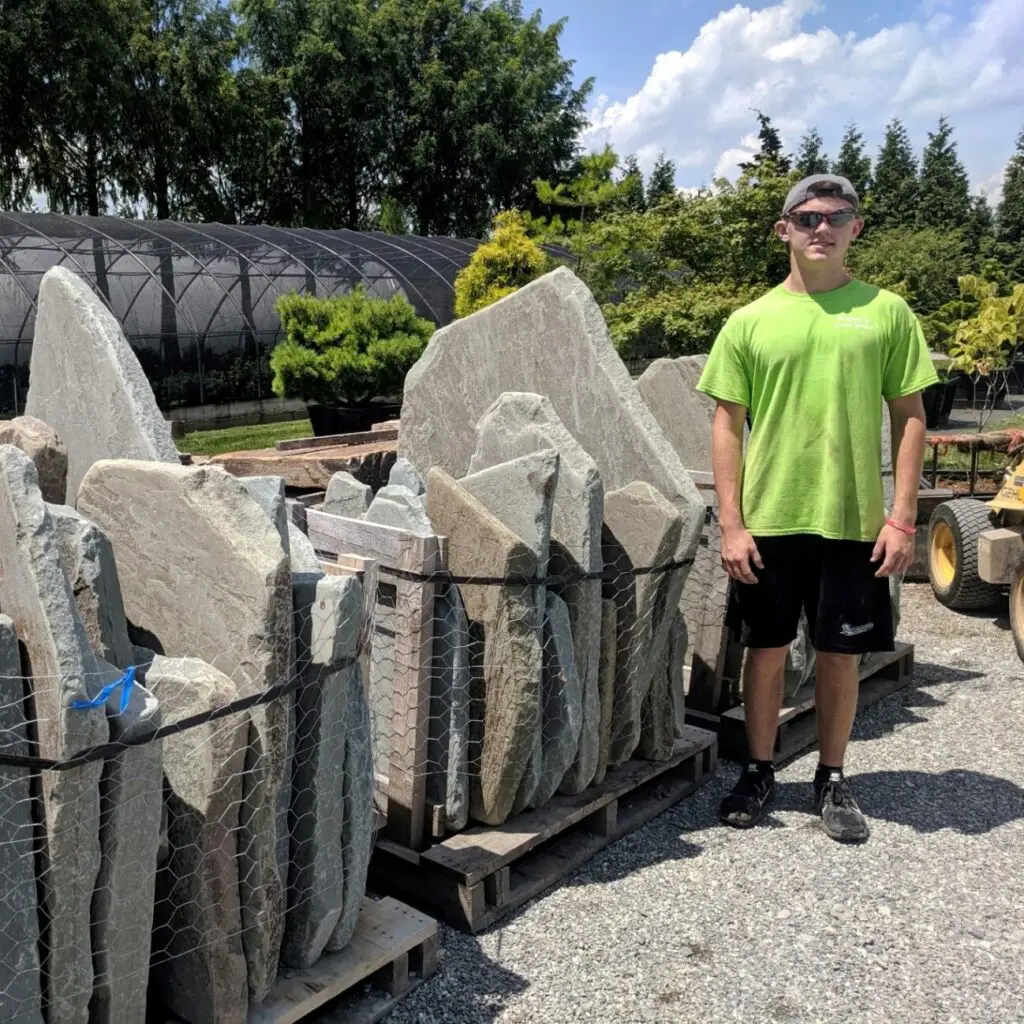
Our Garden Design Process
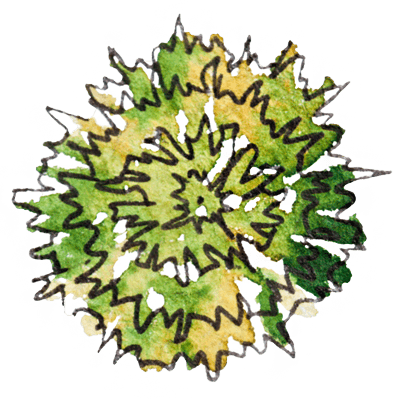
Explore
Share your goals, ideas, and project budget and we will begin to survey and plan your garden
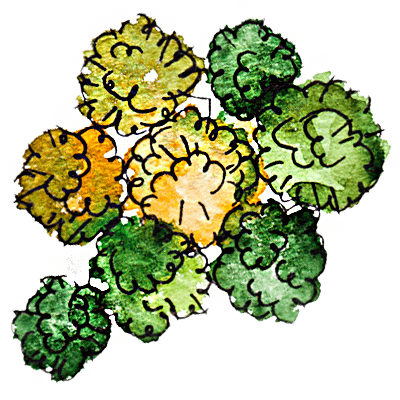
Design
We will consider all your primary view perspectives, both inside and out as we design your garden
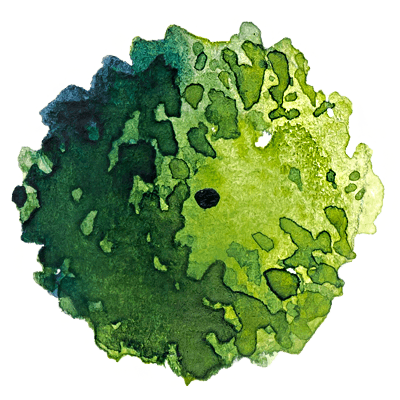
Build
Your garden dream will begin to take shape at the hands of our highly skilled craftsmen and landscapers
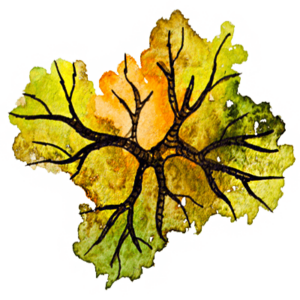
Enjoy
Every project ends with the reward of experiencing the joyful stewardship of your little piece of creation
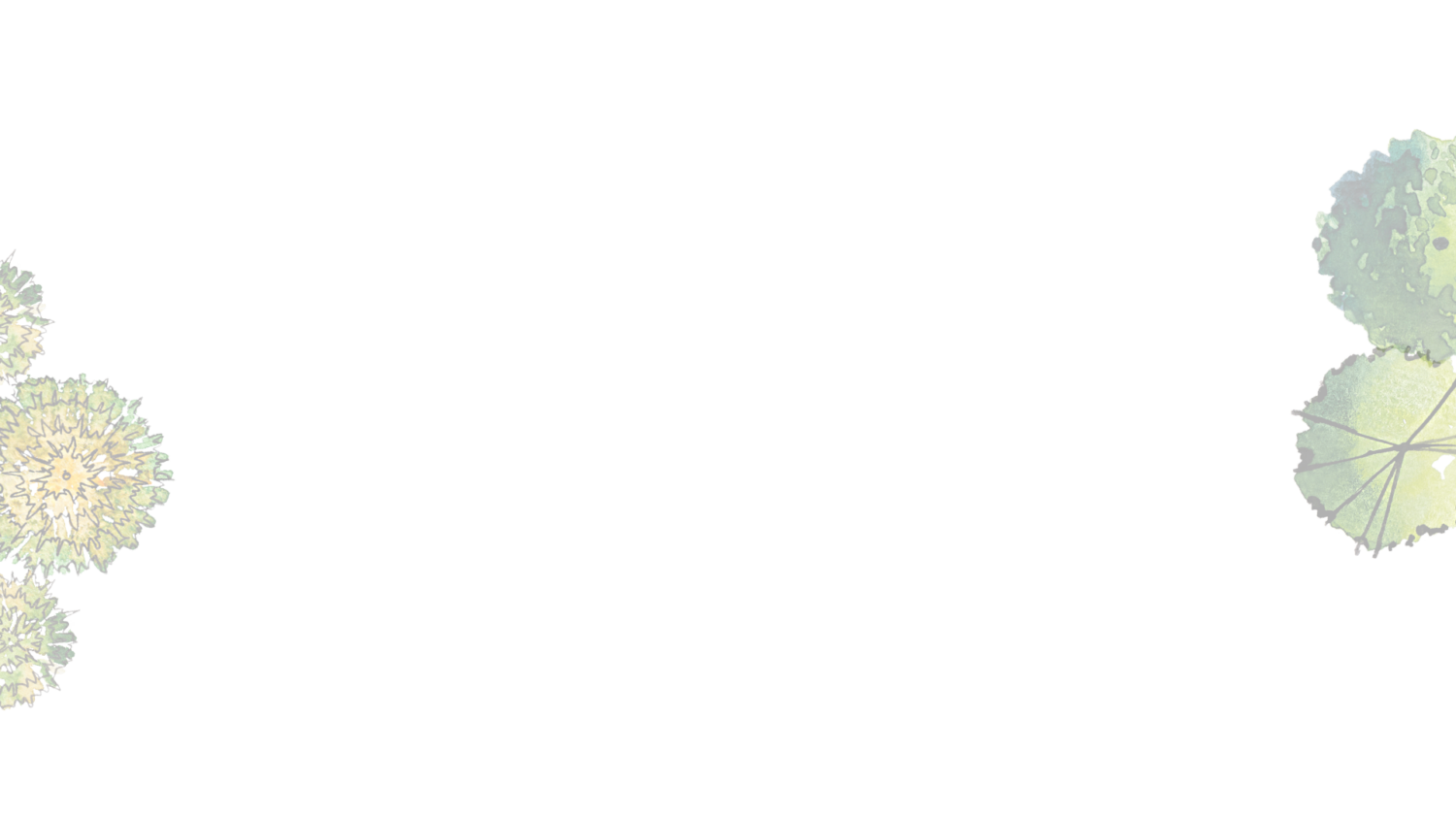
Testimonials
The Gardener’s Journal
- The Unceasing Song of Trees“A few minutes ago every tree was excited, bowing to the roaring storm, waving, swirling, tossing their branches… Read more: The Unceasing Song of Trees
- Muir’s Miracle & What Happened Next (Part 2)Following the miraculous return of his eyesight, Muir’s cross-country trek was the beginning of his fascination with the… Read more: Muir’s Miracle & What Happened Next (Part 2)
- Muir’s Miracle & What Happened Next (Part 1)John Muir’s claim to fame as our country’s most celebrated naturalist had a traumatic and unlikely start: while… Read more: Muir’s Miracle & What Happened Next (Part 1)
EXPERIENCE THE DIFFERENCE OF HANSELMAN LANDSCAPE AND GARDENS
Founded in 1985, Hanselman Landscape & Gardens designs, builds, and nurtures a wide variety of gardens in both private and corporate settings. From our headquarters in Manheim, Pennsylvania, we serve clients throughout the region, including Philadelphia’s Main Line—and as far away as Cambridge, Massachusetts. We also cultivate unique specimen plants, which we make available to discriminating gardeners and architects.
